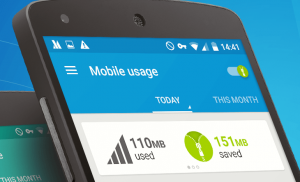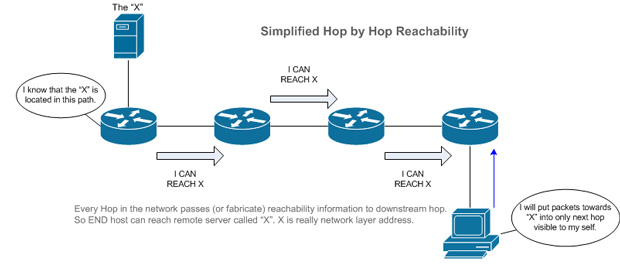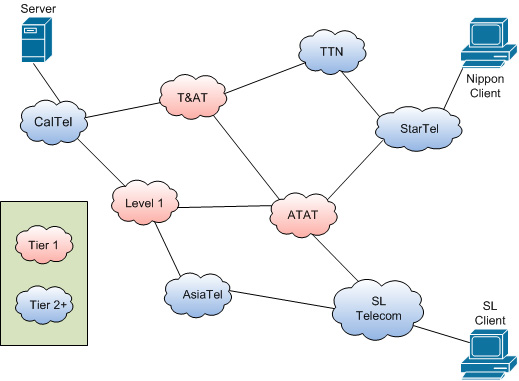
In 2018, the world passed the mark of 4 Billion Internet users, making half of the world’s population Internet users. With half of the world’s population online, it has become critical to manage the cyber information as well as security. Many giant tech companies are nowadays engaged in finding solutions for cyber threats which affect Internet users, because it has become a crucial factor for half of the world’s population. Everyone who cares about their confidential data thinks of creating a shield for their data, to prevent it from being exposed to unauthorized parties. However, it has become challenging with rapid technological development.
What is digital footprint?
Footprints are the trails we leave behind when we walk, allowing someone to follow us with the help of them. Active Internet users have practised to use Internet for their daily activities, get information from the Internet and add their data to achieve something. So, Digital footprints are the records and traces we leave behind when we use the Internet.
How do we create digital footprints?
There are 2 types of digital footprints: active digital footprints and passive digital footprints. A “passive digital footprint” is a data trail you unintentionally leave online, the data like visited web sites, your clicks, your preferences etc. An “active digital footprint” includes data that you intentionally submit online, such as forms, online surveys etc. You can not forget your social media accounts, because they directly help to sharpen your digital footprint with massive amount of your personal data. Simply, this emphasizes that your trails are the data you leave behind in your online journey.

What are the activities related to digital footprint ?
If digital footprints are the data trails, what are the activities related to those trails? That is the question suddenly flashes in our mind with the term digital footprint.
In most scenarios someone can follow your path with the help of your footprint and this is applicable to digital means also. Someone can follow your online journey and track you by sniffing your digital footprint. Then you will be under the surveillance of someone else. Which means the tracker has the ability to inspect what you do, what your preferences are and also your personal stuff. And sometimes it may result in a fake identity of you, where someone else pretends to be you. That is one of the few threats related to digital footprint which can result in major security breaches.
Sometimes a digital footprint may be advantageous too. When you are in an interview, your digital footprint can act as a CV of yours, because it shows the trails you left behind in your online journey ( your online activities, contributions, forums, blogs etc.) This is an advantage only if you have shaped your digital footprint in a favorable way, if not you are done with your interview.

Can someone else shape your digital footprint?
This can be answered by another question. Are you the only one posting things related to you? If no, the answer to the previous question is yes because someone else can shape your digital footprint by adding their own input. Normally, many organization have your data, your friends and family members add data related to you. Therefore your footprint can often be shaped by someone else other than you.
How to control your digital footprint?
There are many threats related to digital footprints. So you have to be conscious about your digital footprint in order to keep those threats in distance. Otherwise someone can even sniff your credit card details, your identity, your location, and even you can be a product of some data sellers out there. You can control your digital footprint for a certain extent. Here are few steps that you can follow to reduce your digital footprint.
- Use Private browsing or Incognito mode available in your browser for suspicious websites.
- When you login to a website or an app using your social media accounts, always check the permissions they’re requesting.
- Do not directly click on the links you get via emails. Copy-paste it to your browser address bar preferably in private browsing mode.
- Clean your cookies and cache files frequently to protect your personalised data from trackers and data scrapers.
- Do not submit your financial information in online forms, always try to use a payment gateway.
- Do not submit or share your login credentials, and also change them often.
- Do not post things that reveal too much or unnecessary information about you.
- Be sure and accurate about what you say online.
These precautions can be used to control your digital footprint and to reduce bad effects due to digital footprint.
In conclusion, a digital footprint is the data trail you leave behind. It helps to collect more personalized data by someone in need and this can be both advantageous and disadvantageous. So it is better to manage your digital footprint and try to shape it according to your own will. It will be not that easy but you can reduce the potential threat and increase the relevance.















